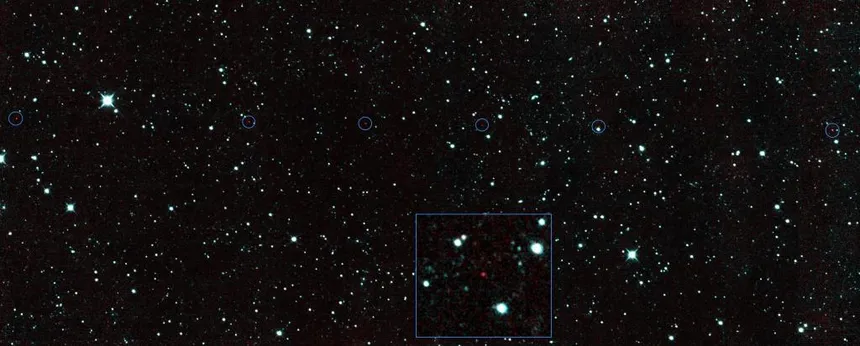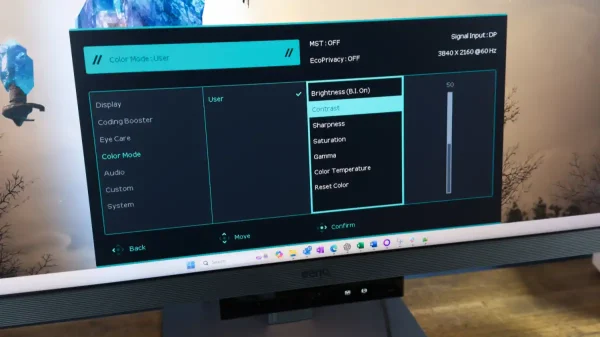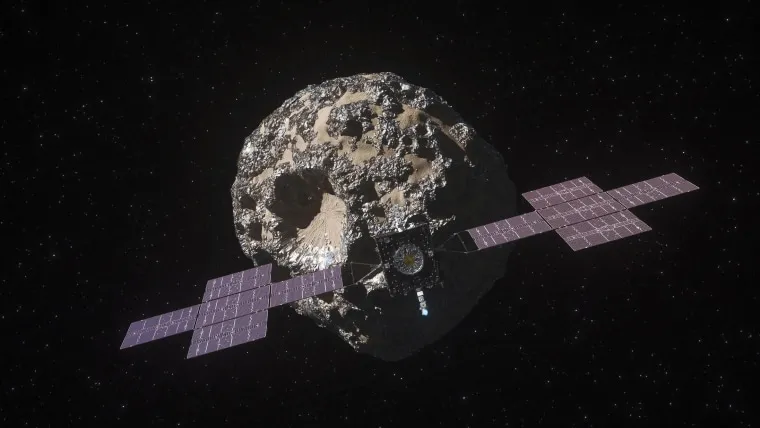NASA’s Psyche mission is currently underway, with the spacecraft utilizing its solar-powered electric thrusters to propel itself towards the metal-rich asteroid Psyche, located in the main asteroid belt between Mars and Jupiter. Since its launch in October 2023, the spacecraft has been gradually increasing its speed, and it is expected to arrive at its destination in 2029. The mission aims to explore the asteroid, which is unique in that it is composed primarily of metal, and is believed to be a remnant from the early days of the solar system.
The electric thrusters used on the Psyche spacecraft are a type of Hall thruster, which are powered by the spacecraft’s solar panels and use ionized xenon as a propellant. These thrusters are extremely efficient, producing a very small amount of thrust but allowing the spacecraft to gradually increase its speed in the vacuum of space. The use of these thrusters allows for a much longer mission duration, as they use significantly less fuel than traditional chemical thrusters.
The Psyche spacecraft is currently traveling at a speed of around 84,000 mph, but with the help of its thrusters, it will accelerate to around 124,000 mph by the time it reaches its destination. The spacecraft’s precise trajectory is being fine-tuned using a combination of gravity assists and propulsion, and the guidance systems are designed to ensure that the spacecraft remains on course throughout its journey.

NASA’s Psyche Mission on Track to Explore Metal-Rich Asteroid in 2029
The mission has already passed an important milestone, with the spacecraft completing its first 100 days in space. According to Henry Stone, Psyche project manager at NASA’s Jet Propulsion Laboratory, the spacecraft’s various systems are functioning smoothly, and the team is now focused on operating in full cruise mode towards its destination. A close flyby of Mars is scheduled for 2026, which will help boost the spacecraft’s speed and ensure it reaches Psyche in 2029.
The Psyche spacecraft is equipped with a range of instruments designed to study the asteroid’s composition, internal structure, and magnetic field. The mission aims to shed light on the asteroid’s origin and evolution, as well as its potential significance to the early solar system. The spacecraft’s findings will also provide valuable insights into the formation and evolution of the solar system, and will help scientists better understand the mechanisms that shape the destinies of asteroids and other celestial bodies.
As the Psyche spacecraft continues on its journey, it is an exciting reminder of the many mysteries that still await discovery in our solar system. The mission’s successful completion will depend on a combination of precise navigation, efficient propulsion, and careful monitoring of the spacecraft’s systems. With the spacecraft now operating in full cruise mode, the team is looking forward to the upcoming close flyby of Mars, and the many scientific discoveries that lie ahead.








































